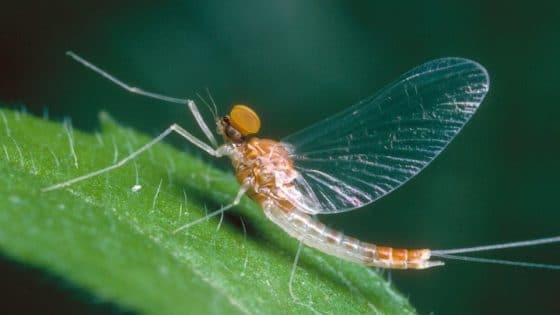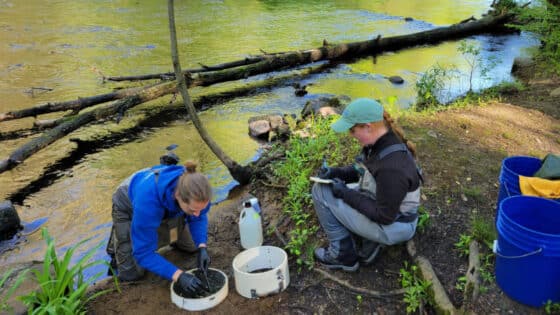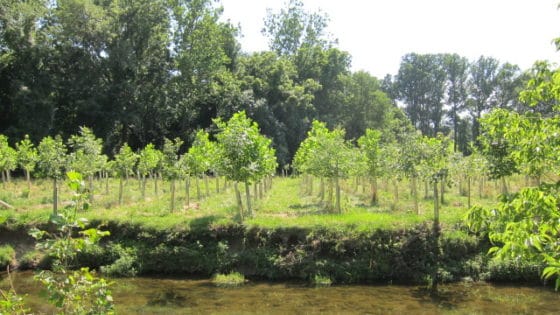Hedges, J.I., E. Mayorga, E. Tsamakis, M.E. McClain, A.K. Aufdenkampe, P. Quay, J.E. Richey, R. Benner, S. Opsahl, et al. 2000. Limnology and Oceanography 45(7):1449–1466.
doi: 10.4319/lo.2000.45.7.1449
Abstract
We determined the concentrations and compositions of coarse particulate (>63 µm), fine particulate (0.1–63 µm), and dissolved (0.001–0.1 µm) organic matter collected along a river reach extending from a first-order stream in the Bolivian Andes, through the Beni River system, to the lower Madeira and Amazon Rivers. Dissolved organic carbon (DOC) concentrations increased down the total reach from ~80 to 350 µM. The percentage of total DOC with a molecular weight greater than ~1,000 atomic mass units that could be isolated by ultrafiltration also increased downstream from 40 to 80%. Weight percentages of organic carbon in the ultrafiltered isolates also grew downstream from 5% at the uppermost station to 37% in the Amazon mainstem. Organic carbon composed only 0.4–1.2 weight percentage of the total mass of the fine particulate fraction, which accounted for 70–80% of the total organic carbon (TOC) in transport through the highly turbid (~600–2000 mg L−1) Beni sequence. Observed compositional differences were related primarily to the size fractions in which the organic matter occurred. On average, coarse particulate organic material exhibited an atomic C:N of 24, whereas ultrafiltered DOM was nitrogen poor, (C:N)a = 34, and fine particulate material was nitrogen rich, (C:N)a = 15. The lignin and stable-carbon isotopic compositions of these fractions indicate tree leaves and other nonwoody tissues from C3 land plants as predominant sources. Three molecular parameters demonstrate that the coarse, fine, and dissolved fractions of individual water samples are increasingly degraded downstream. Elemental nitrogen, amino acids, and basic amino acids are all preferentially associated with fine minerals. Observed geographical patterns included more positive δ13C values in particulate organic matter from high altitude sites and an increase in the abundance and degradation of ultrafiltered dissolved organic matter down the drainage system. Many of these compositional patterns are imprinted within materials carried by low-order, high-altitude tributaries and appear to reflect processes occurring on the landscape.



